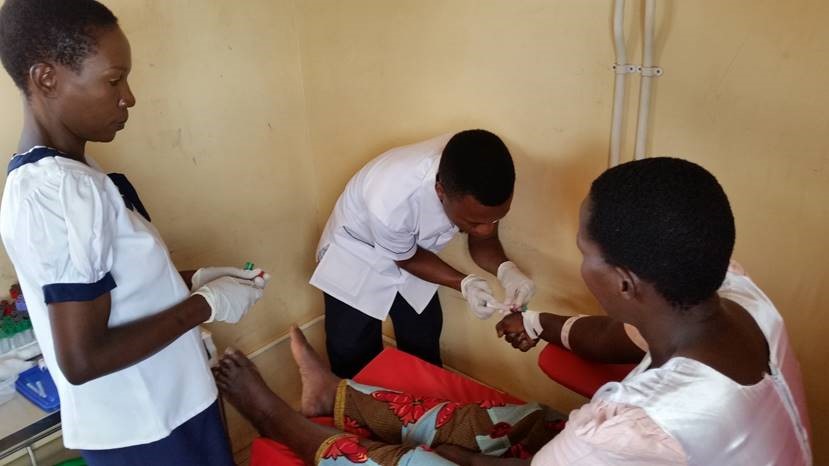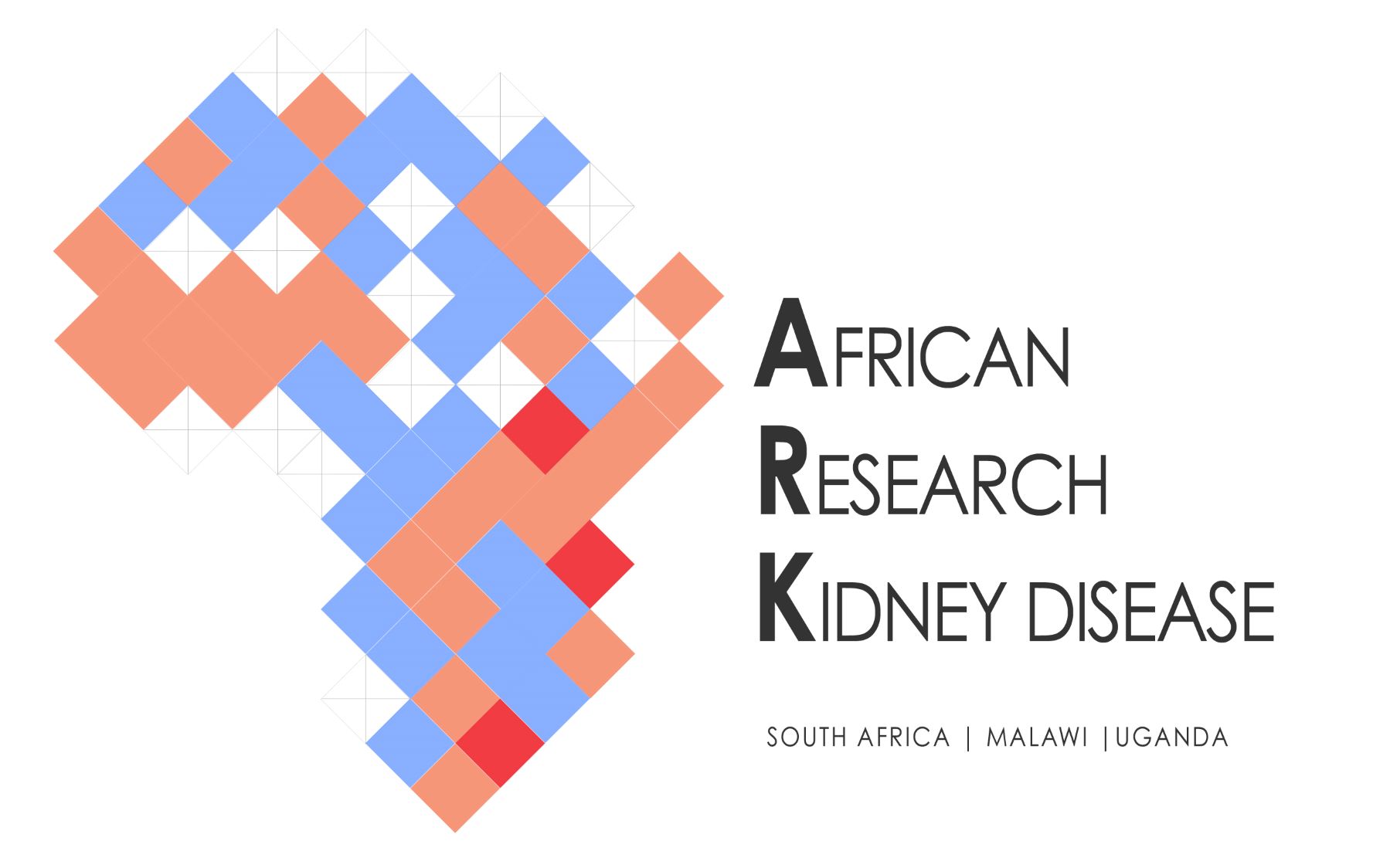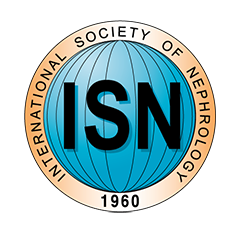About

Kidney disease in sub-Saharan Africa
Kidney disease, and needing dialysis treatment is much more common among people of African descent living in countries around the world. This may be due to high rates of hypertension and genes that predispose to kidney disease. Similarly, it is thought that kidney disease is more common is sub-Saharan Africa (sSA) than in other parts of the world. If correct, this would be a major problem. Few countries in sSA offer dialysis treatment and, where is it available, this often has to be privately funded which is unaffordable for the vast majority of the population. However, the quality of research into the prevalence of kidney disease in sSA to date has been poor, and it is not currently possible to estimate what resources would be needed to offer care to all those with kidney disease.
Measurement of kidney disease
Kidney function is usually estimated from a blood test measuring the level of serum creatinine. This value can be used to determine ‘estimated glomerular filtration rate’ (eGFR), an approximation of the true GFR which closely relates to overall kidney function. The equation that links creatinine value to eGFR has been calculated using tests from thousands of people, but the majority of these people are white and live in high-income countries. The relationship between serum creatinine and eGFR may be very different in the populations that have been studied to people living in sSA. Therefore, determining the prevalence of kidney disease in sSA has two challenges: both measuring kidney function in a systematic manner in a large and representative population, and determining how the serum creatinine tested relates to ‘true’ kidney function.
The ARK study
This is a collaboration between groups of investigators based in Uganda, Malawi, South Africa and at the London School of Hygiene & Tropical Medicine. Each centre in sSA has expertise in large epidemiological studies based within existing population cohorts. Creatinine has been measured in a systematic manner across thousands of people representative of the local rural and urban populations. In addition, in each country 1000 people are having measurements made of true GFR using iohexol, a way of determining true kidney function. We will then be able to compare these values to the levels of serum creatinine to understand which is the best way to calculate eGFR in sub-Saharan Africa – either using existing equations or through a new sSA specific equation.
What will our results show?
Our results will enable us to determine accurately the prevalence of kidney disease in three large cohorts in sSA. This will enable us to estimate the burden of kidney disease across sSA, and to allow estimation of GFR from serum creatinine values in a more accurate way in future research. These results will influence the future of kidney disease research across sSA.





